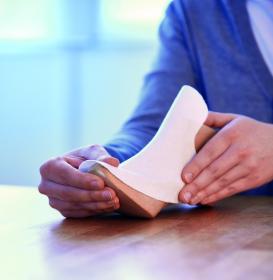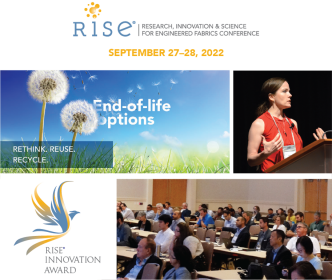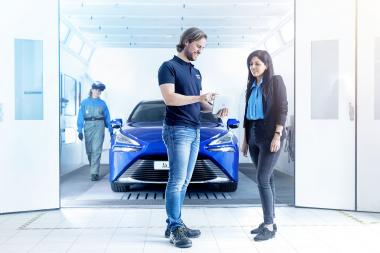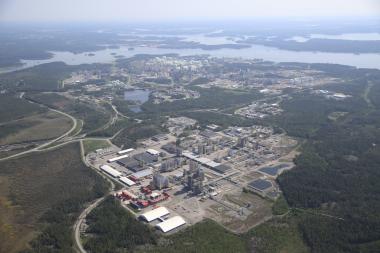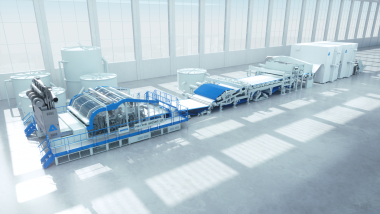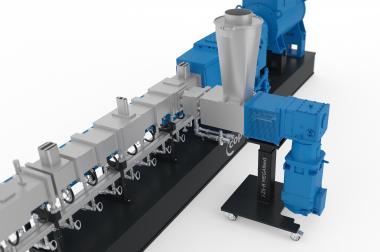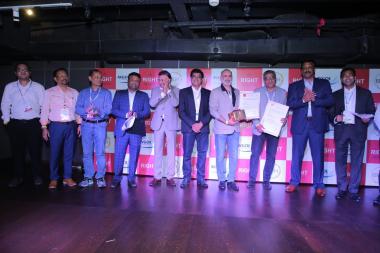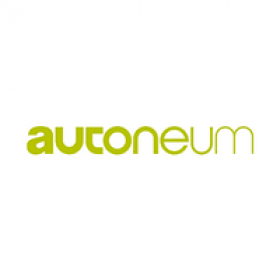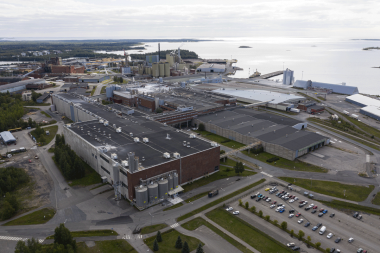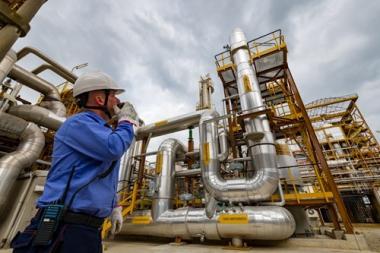Freudenberg at Lineapelle with sustainable materials for leather goods
Freudenberg Performance Materials (Freudenberg) will be presenting Evolon® eco-friendly microfiber reinforcement material for leather goods that is manufactured in Europe with no solvent and no chemical binder at the Lineapelle international trade show for the leather industry. Another sustainability highlight is binder-free strobel material made from 100% recycled PET for the shoe industry. The company will also be showing a nonwoven crimping material that meets the increasing demands of manufacturers and consumers alike in the footwear market.
Evolon® contains 80% recycled PET. It is produced at Freudenberg’s facility in Colmar, France, where the manufacturing process is highly sustainable: it is certified to STeP by OEKO-TEX® and fully complies with the DETOX TO ZERO by OEKO-TEX® criteria. In addition, shorter transport routes help to secure supply chains for players in the European leather goods industry.
The binder-free strobel material is made from 100% recycled PET. It is GRS-certified for reliable traceability. The GRS certification recognizes the share of recycled materials in the strobel material. This allows customers to calculate the total amount of recycled material in shoes. Moreover, the mono-component material itself is fully recyclable. In terms of performance, the material is lightweight and also demonstrates a high tensile strength.
Made from nonwoven fabric, the innovative crimping material optimally combines high permanent moldability and shape retention with flexibility and suppleness. This crimping material enables manufacturers to reduce their production costs, while consumers benefit from increased comfort. Compared to conventional knitted fabric-based crimping materials, the nonwoven crimping material offers multi-directional stretching properties, improved fitting, greater design freedom and reduced weight.
Freudenberg Performance Materials


